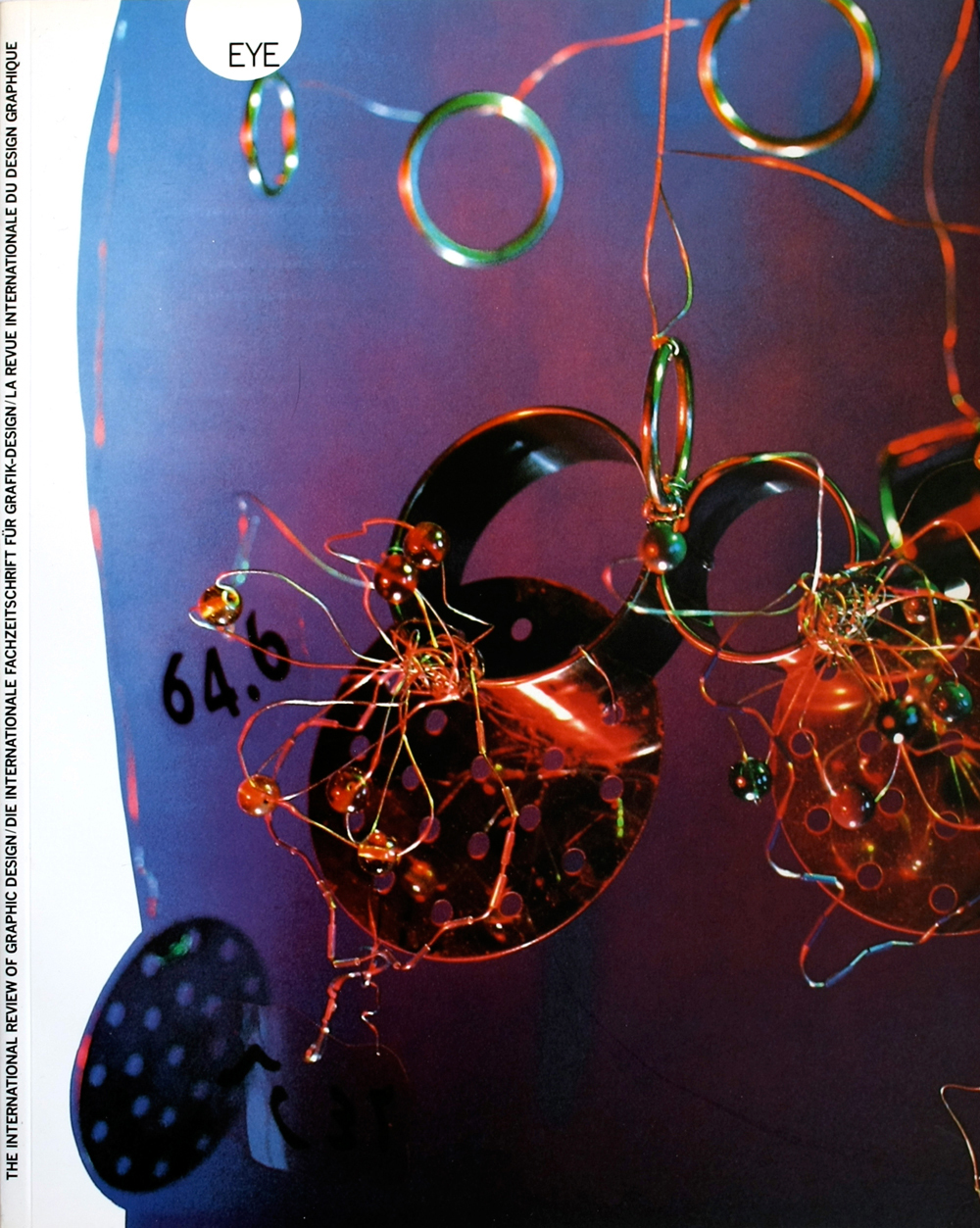Summer 1991
Cultural Identities
With the enormous number of new museums comes a need for clear graphic identity
The growing number of works of art and the democratisation of culture have generated a remarkable increase in the number of museums over the last 20 years. Between 1960 and 1990, 500 museums were created in West Germany; in 1989, 120 sites, including 70 large-scale projects, were being developed in France alone. During the same period, the United States and Japan also saw an explosive growth in the number of new museums and galleries.
International competition, the search for private funding and the promotion of subsidiary activities around a museum’s collection have led to a growing demand for strong visual identities. As with any institution, the success of the identity depends on its adaptability and ease of use, but, as our visual survey shows, the range of approaches is as wide as the range of national styles. By grouping the logos according to type of organisation and country, certain prevailing characteristics emerge: functionalism and severity in Germany, typographic refinement in Britain and eclecticism in the US.
Yes, despite the pains taken to create new identities, in some cases there appears to be little, if any, consistency in their application. Sometimes this is the result of inadequate research. Sometimes it is because new managers fail to maintain or develop an existing programme with the necessary sympathy and rigour. This is much to be regretted. Museums play a vital role as instruments of cultural transmission and surely require a graphic framework that adequately reflects this impact. The future of museum and gallery identities will depend on better management of new and existing designs, together with a more adventurous exploration of the possibilities of the graphic image.
Margo Rouard-Snowman, author of Roman Cieslewicz (Thames & Hudson), Paris and London.
First published in Eye no. 4 vol. 1 1991
Eye is the world’s most beautiful and collectable graphic design journal, published for professional designers, students and anyone interested in critical, informed writing about graphic design and visual culture. It is available from all good design bookshops and online at the Eye shop, where you can buy subscriptions and single issues.

